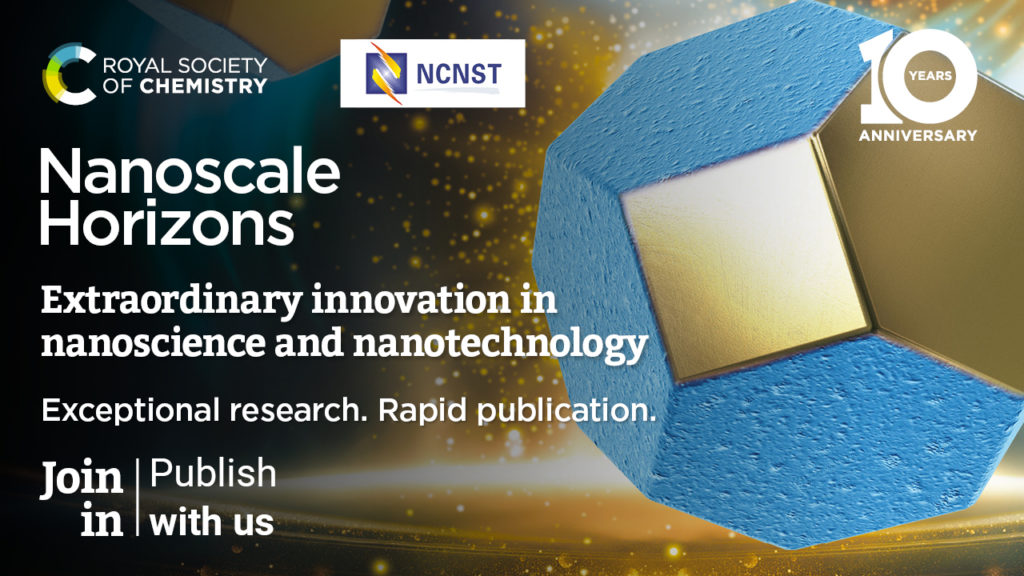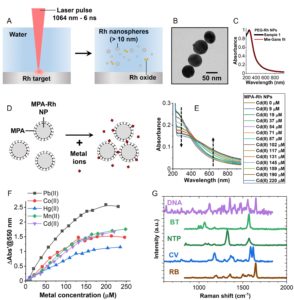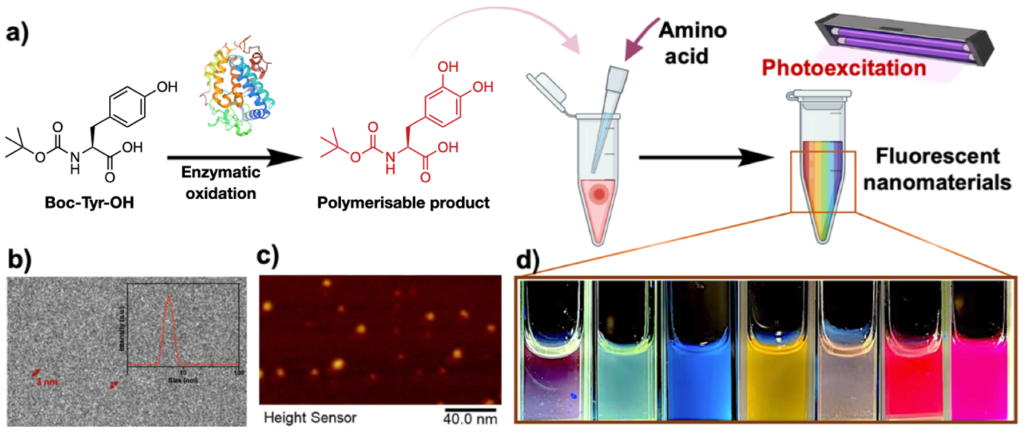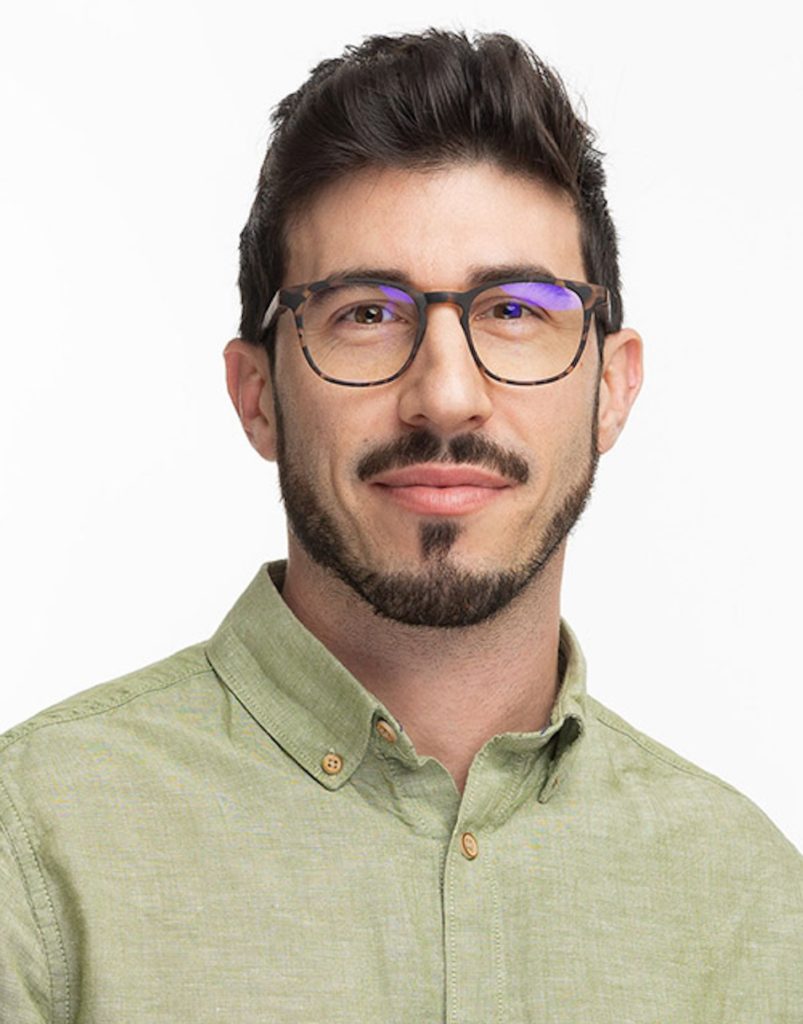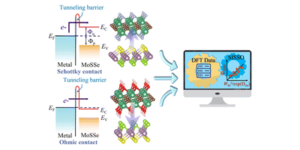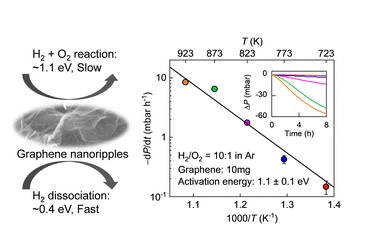Call For Papers: DNA Nanotechnology
Submit your latest work to Nanoscale Horizons!
Nanoscale Horizons is pleased to announce an open call for papers to an upcoming collection on DNA nanotechnology, guest edited by Professors Chunhai Fan (Shanghai Jiaotong University, China), Wenlong Cheng (University of Sydney, Australia), Chengde Mao (Purdue University, USA), Shelley Wickham (University of Sydney, Australia), Young Hoon Roh (Yonsei University, South Korea) and Laura Na Liu (University of Stuttgart, Germany).
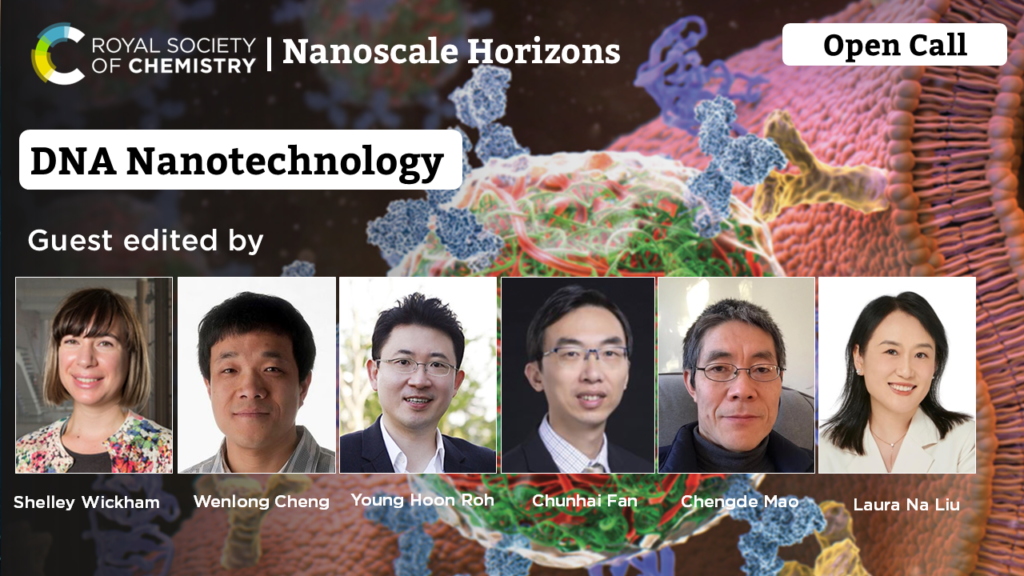
DNA nanotechnology concerns unconventional design of artificial nucleic acid materials beyond their function as genetic information carriers in life. It harnesses the unique programmable properties of DNA molecules to create unprecedented nanoscale structures and devices with applications across a wide range of disciplines including chemistry, physics, engineering, computer science, mathematics, biology, electronics and photonics.
This special-themed collection is motivated to provide a platform to showcase the state-of-the-art progress as well as address future challenges and opportunities. The scope of the collection is broad, including but are not limited to:
- Structural DNA nanotechnology including DNA origami
- Functional and dynamic DNA nanostructures
- DNA-based self-assembly of nanomaterials
- DNA-based nanocomposites, nanoparticles, nanocrystalline materials, and nanoclusters
- DNA-based hydrogels and liquids
- DNA-based nanodevices and molecular machines
- DNA nanomaterials for bioapplications in medicine, diagnostics, and drug delivery
- DNA-based logic gates
- Computational DNA nanotechnology
- DNA-based information processing and storage
Since its foundational concept established by Nadrian Seeman in the 1980s, the field of DNA nanotechnology has attracted significant research efforts worldwide and flourished over the past 40 years. Today, it represents a critical component of modern nanoscience and nanotechnology, opening new frontiers in both fundamental science and practical applications. Taking advantages of ubiquitous Watson-Crick base-pairing interactions, DNA nanotechnology offers the ability to design and manipulate matter with high precision at the molecular, nano and microscopic scales, enabling various DNA origami architectures, plasmonic nanoassemblies, DNA robots, DNA computing, biosensing, drug delivery and therapies, to name a few.
Open for submissions until 21 July 2025
Submissions should fit within the scope of Nanoscale Horizons. Please visit the journal webpage for more information on our scope, standards, article types and author guidelines. Please note that primary research for Nanoscale Horizons is accepted in the form of Communications and requires a ‘New Concepts statement’ to help ascertain the significance of the research. General guidance and examples can be found here.
We strongly encourage you to submit an original research article. If you are interested in submitting a review-type article, please contact the Editorial Office in the first instance with a proposed title and abstract, as initial approval is required before submission to avoid topic overlap and ensure that we cover topics in need to review.
Please note that all submissions will be subject to our standard rigorous peer review process, including initial editorial assessment as to suitability for the journal before potential peer review.
We sincerely hope that you will be able to accept our invitation to contribute to this exciting collection on such an important topic. We are looking forward to hearing from you soon.
With best wishes,
Chunhai Fan (Shanghai Jiaotong University, China)
Wenlong Cheng (University of Sydney, Australia)
Chengde Mao (Purdue University, USA)
Shelley Wickham (University of Sydney, Australia)
Young Hoon Roh (Yonsei University, South Korea)
Laura Na Liu (University of Stuttgart, Germany)












